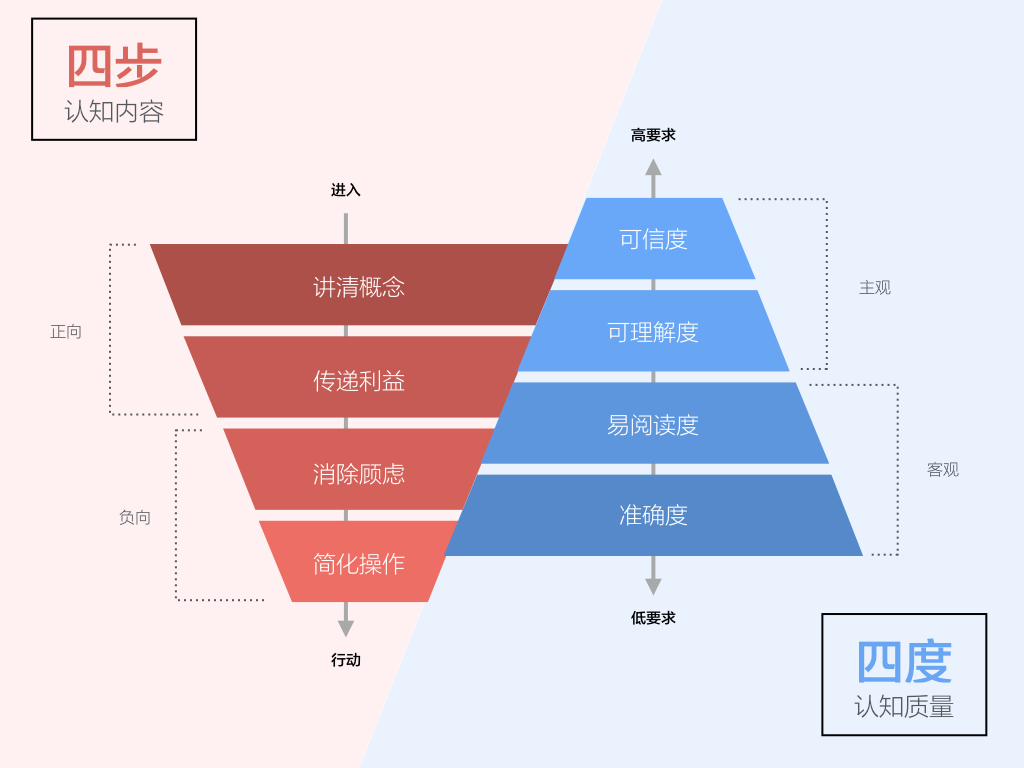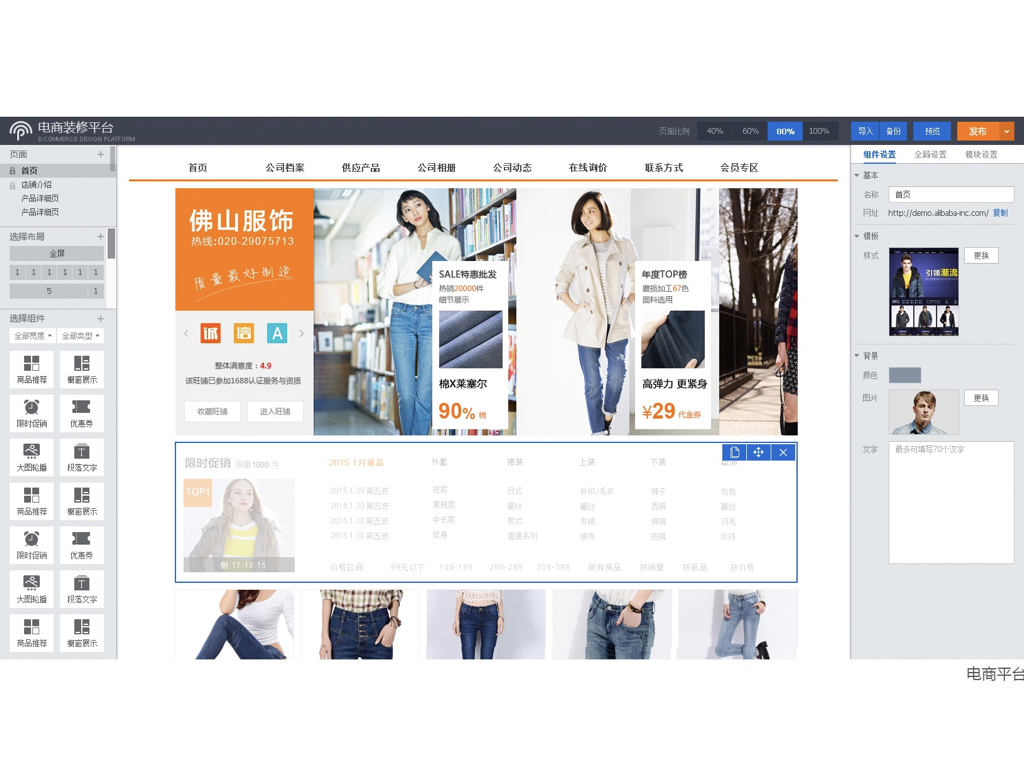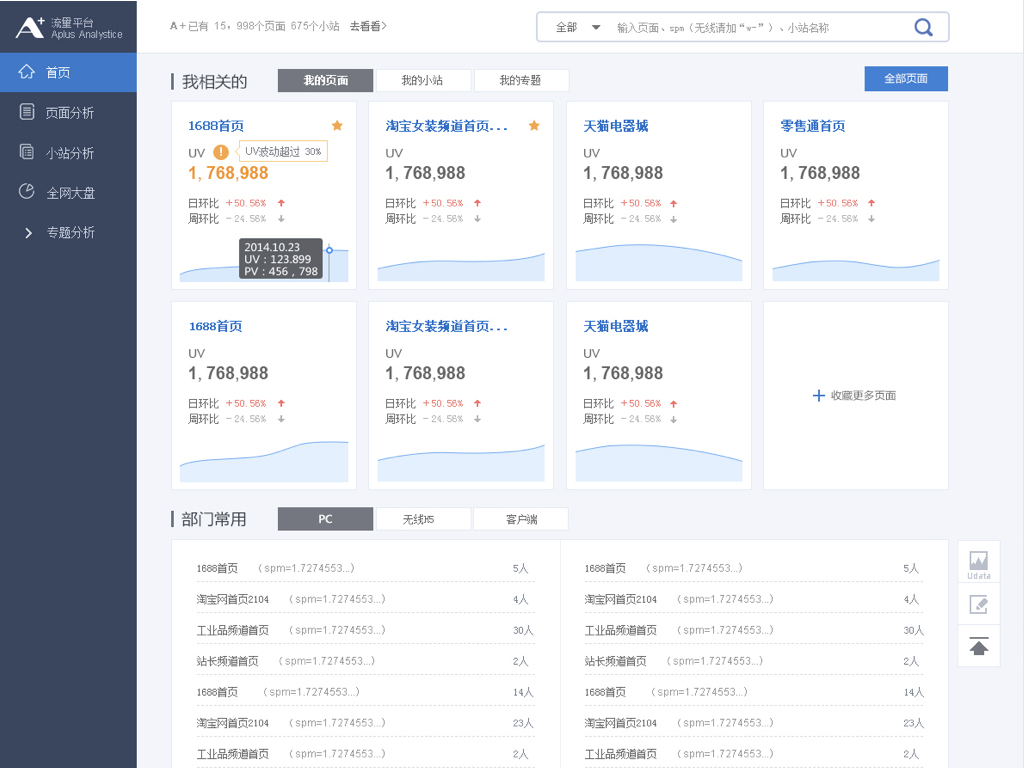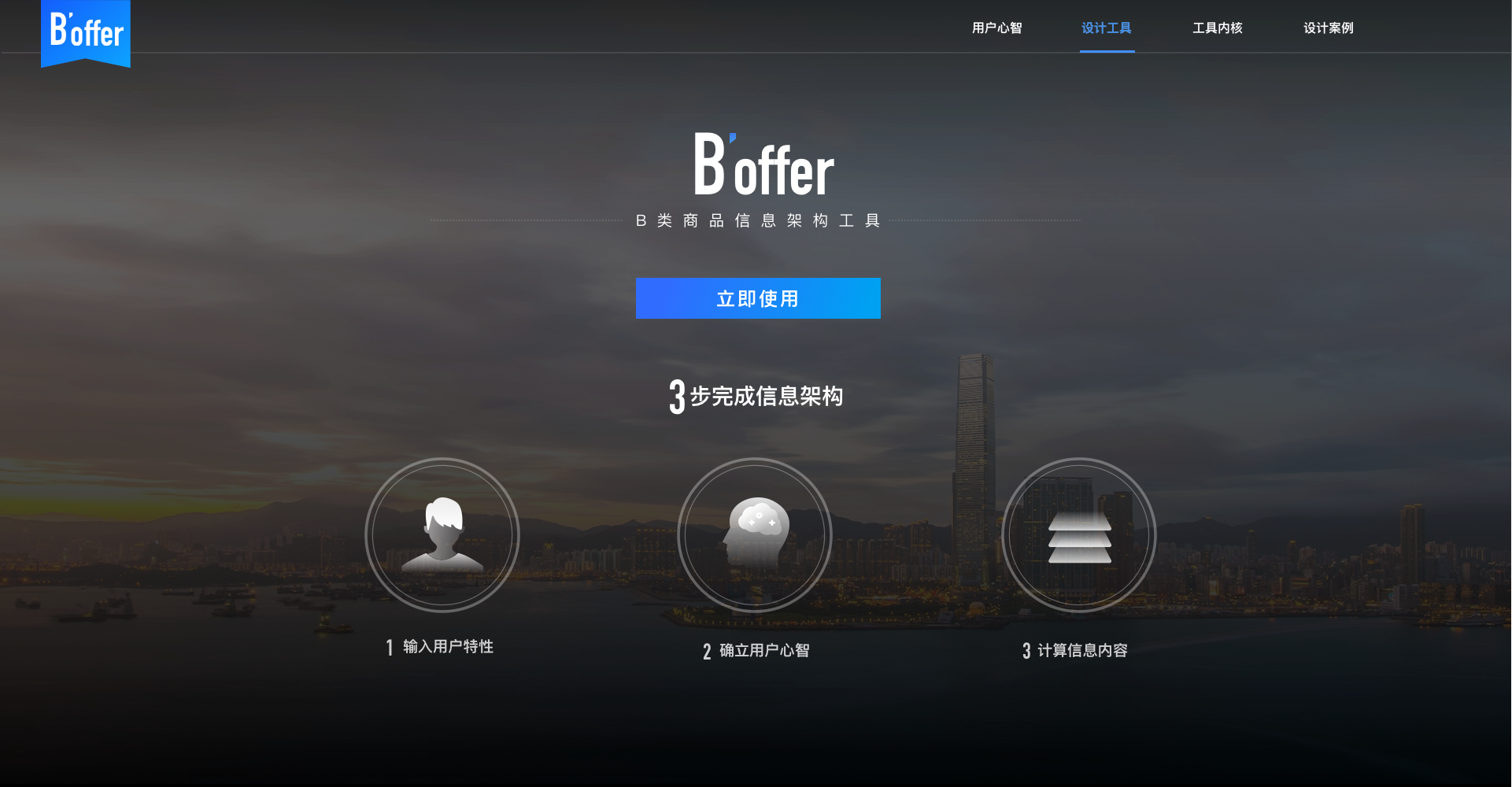-
 Mei Yu
Ailibaba UED
Interactive Design Expert
Mei Yu
Ailibaba UED
Interactive Design Expert
-

Xiang Xuan Alibaba Senior Interaction Designer
Decision-making mind of B-category buyers and application
The scale of B-category e-commerce transactions is currently three times that of C-category online shopping transactions, and in the future, under the background of the deepening of the entire Internet and the supply-side reform of enterprises, B-category e-commerce transactions will further break out, and more and more enterprises will do shopping online. In this social and economic environment, our designers also increasingly analyze B-category users, scenarios and requirements, and increasingly participate in the design of B-category products. From the current situation of e-commerce websites, the design of B-category e-commerce is still in the state of following and learning C-category e-commerce. The workshop begins with B-category goods, and through in-depth design analysis, redefines the design of specialized and digitized B-category goods.
The workshop mainly abstracts users’ mind from the bottom, summarizes the middle design methods and refines the tools, and then describes the design performance and intelligent application at the upper level. From the inside out, it makes step-by-step analysis and introduction, helps designers to think about all aspects of product design in full links, and establish the design thoughts and methods of structured B-category goods.
The specific contents include:
1. Analysis of decision-making differences between B-category selected goods and C-category selected goods;
2. Core mind of B-category buyers and analysis of key factors;
3. Introduction of tools of commodity information architecture;
4. Performance and realization of information sensing;
5. The final advancing and landing process.
The workshop, by combining cases with the learning of methods, deeply interprets the detailed design of Alibaba goods and the design of the international station's commodity links, helps the participants learn the mental characteristics of B-category users, the analysis methods of the design of B-category goods, the design tools of the information architecture and the thinking with the use of intelligent design so as to help designers establish a full-link design perspective.
1. Background introduction of the workshop: market development trends of B-category e-commerce
2. Case comparison and analysis: discussion of differences between B-category buyers and C-category buyers
3. Introduction of design tools: Use and analysis of toolsof user mind
4. case analysis and explanation
5. Design simulation practice
6. Summary and review
1. Interactive designers
2. Designers of B-category products
3. E-commerce designers
1. Study to summarize and analyze the design differences between B-category buyers and C-category buyers through the summary and analysis of tools
2. Design methods of information architecture of B-category goods
3. Learn the design cases of the detail page of goods
4. Discuss the direction and trends of intelligent design of goods
-
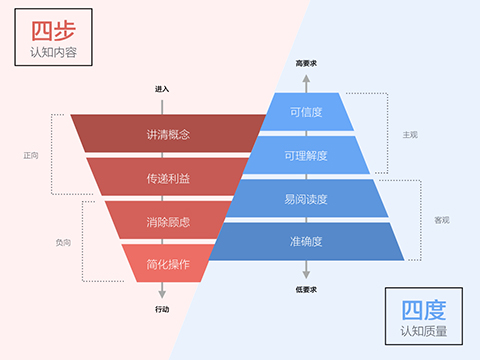 梅郁 - 金融产品分析思路
梅郁 - 金融产品分析思路
-
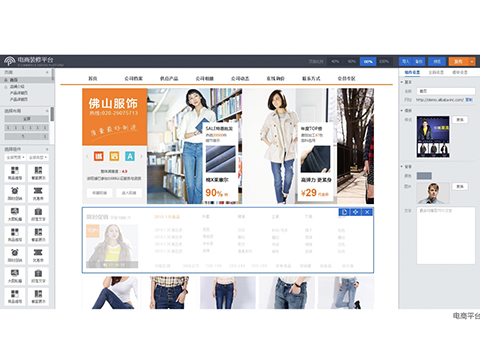 梅郁 - 店铺装修后台设计
梅郁 - 店铺装修后台设计
-
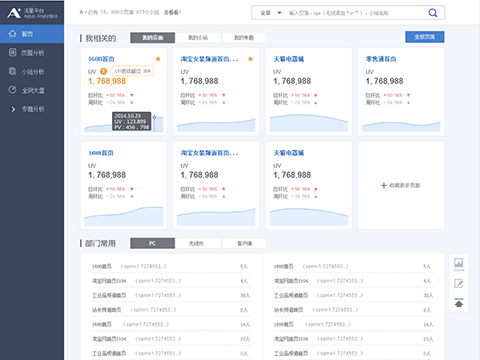 梅郁 - 数据工具设计
梅郁 - 数据工具设计
-
 梅郁 - 商品设计工具
梅郁 - 商品设计工具
-
 梅郁 - B类工作后台
梅郁 - B类工作后台






